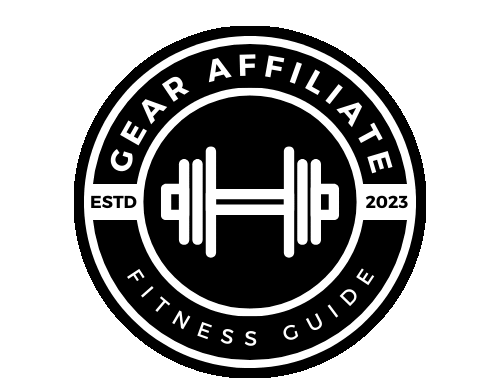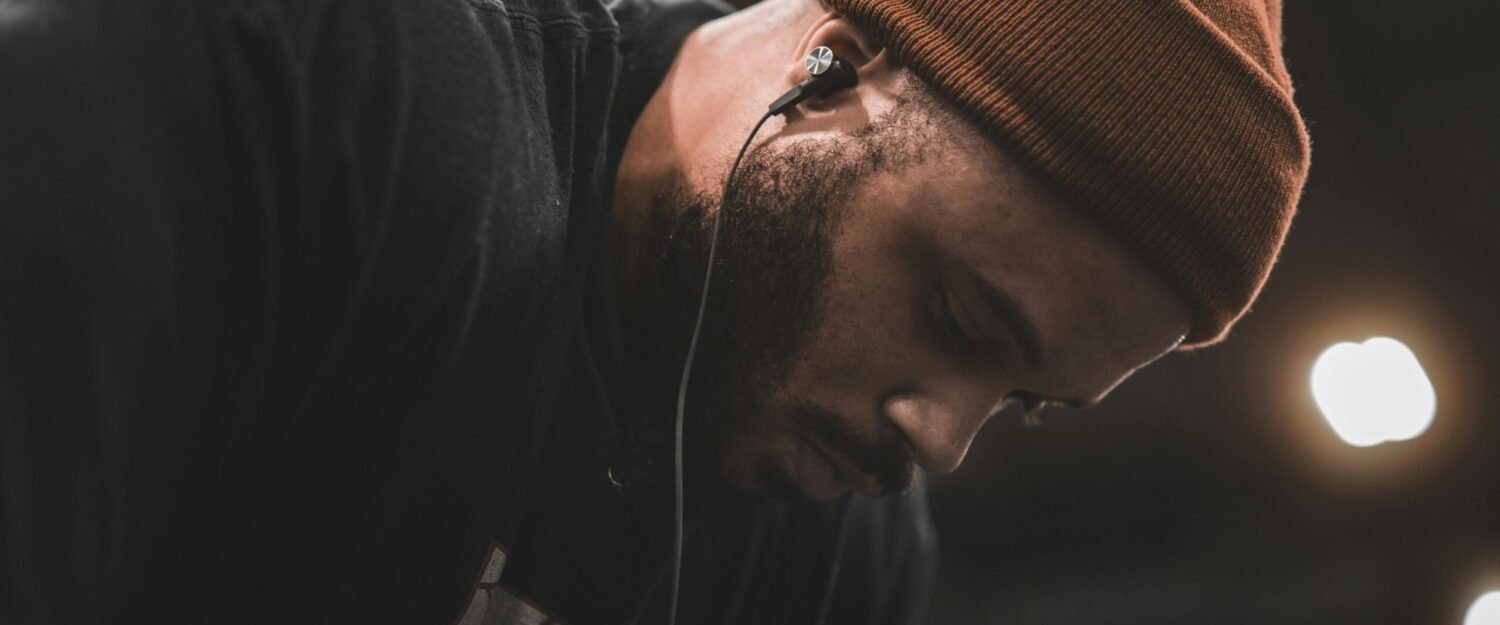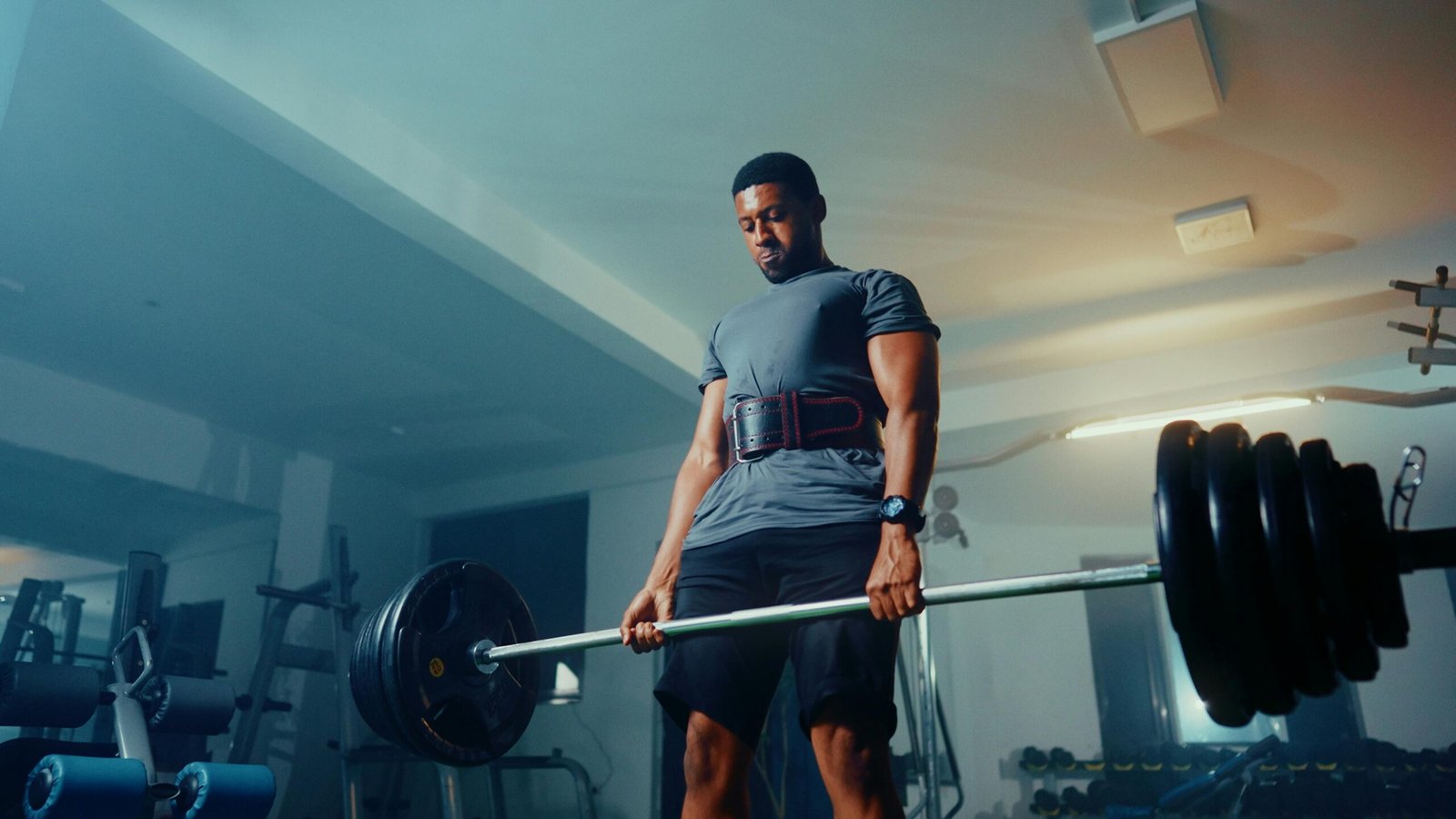
What to Look for in a Weightlifting Belt
Before You Waste Your Money
If you’re lifting heavy, a belt isn’t just an accessory—it’s a tool. But not all belts are created equal. Some are made to help you push through a big squat PR. Others are more about support during high-volume training or CrossFit-style metcons. And if you’re not sure what to look for, it’s easy to buy the wrong kind.
This guide breaks down exactly how to choose the right weightlifting belt for your goals, lifting style, and budget. Whether you’re brand new to strength training or you’ve been grinding under the bar for years, we’ll help you get a belt that actually does its job—and lasts.
Why Use a Weightlifting Belt in the First Place?
Let’s clear something up: a lifting belt doesn’t magically protect your back. What it does is help you brace harder—by giving your core something to push against.
That bracing creates intra-abdominal pressure, which stabilizes your spine under heavy loads. Done right, it helps you lift more safely and sometimes more efficiently.
Who should use a belt?
- Powerlifters and strongman athletes pushing maximal weights.
- Olympic lifters who need security through fast, complex movements.
- General lifters going heavy on squats, deadlifts, overhead presses, or bent-over rows.
- CrossFitters or functional athletes training at high intensity who need midline support during compound lifts.
But you don’t need to wear one all the time. Belts are best used during your heaviest working sets—not as a crutch for poor core strength.
What to Look for in a Weightlifting Belt
Let’s walk through the core features that make or break a lifting belt—and how to know what actually matters for your training.
1. Material: Leather vs Nylon
This is one of the biggest decisions you’ll make.
Leather Belts
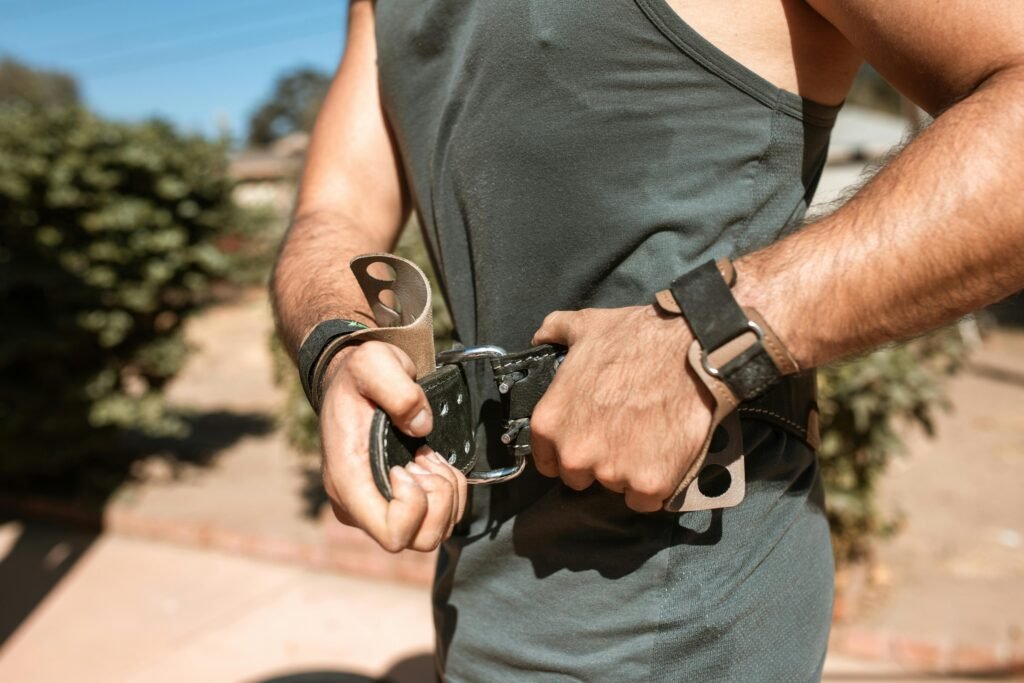
Leather belts are stiff, dense, and built for support. They don’t stretch or flex much, which makes them the go-to for strength athletes who need maximum bracing during squats or deadlifts.
- Best for: Powerlifting, strongman, heavy barbell work.
- Pros:
- High level of support and rigidity.
- Extremely durable (a good one lasts a decade+).
- Usually comes in 10mm or 13mm thickness.
- Watch out for:
- Long break-in periods.
- Not ideal for CrossFit-style workouts or Olympic lifting.
Verdict: If you’re training to get brutally strong, leather is your belt.
Nylon Belts
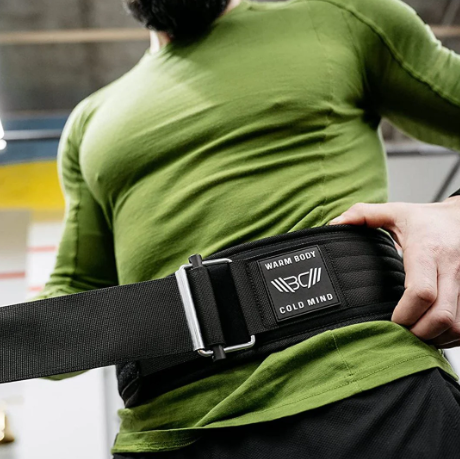
Nylon belts are more flexible and often use Velcro to fasten. They’re lighter, easier to put on, and more comfortable for dynamic training.
- Best for: CrossFit, general training, Olympic lifting, beginners.
- Pros:
- Easier to move in and breathe.
- Quick adjustments during workouts.
- Lightweight, travel-friendly.
- Watch out for:
- Less support under max-effort lifts.
- Velcro wears out faster than a buckle or lever.
Verdict: Ideal for athletes who want core support without getting locked in.
2. Width: What’s Ideal?
Most lifting belts are 4 inches wide, and that’s a solid all-around choice. But certain styles vary.
- 4″ belts (most common): Balanced support for squats, deadlifts, cleans, and more.
- 6″ back / tapered front: More back support with room to breathe—often found in nylon belts.
- Straight/tapered edge: Straight belts provide uniform pressure; tapered belts allow more torso mobility.
Pro Tip: For competitive powerlifting, a straight 4″ leather belt is the standard.
3. Thickness: 10mm vs 13mm (and more)
This refers to how dense the belt is—not the width.
- 10mm: A solid blend of stiffness and comfort. Great for most lifters.
- 13mm: Extremely rigid, often used by elite powerlifters. Overkill for many.
- 6–7mm (nylon): Flexible and lightweight—trades stability for comfort.
Our advice? Unless you’re an elite powerlifter, go with 10mm. It gives excellent support without feeling like body armor.
4. Closure Mechanism: Prong, Lever, or Velcro
How your belt closes affects convenience and tightness.
Single/Double Prong Belts
These are like a traditional belt buckle—simple and secure.
- Pros: Reliable, durable, no moving parts.
- Cons: Takes time to tighten or loosen.
Lever Belts
Levers let you “snap” the belt into place with preset tightness.
- Pros: Fast to put on and take off.
- Cons: Less adjustable on the fly. You have to unscrew the lever to change tightness.
Velcro Belts
Found mostly on nylon belts.
- Pros: Super fast to use. Adjustable second-to-second.
- Cons: Wears out faster, especially with heavy use.
Choosing the Right Belt for Your Training
Here’s a quick breakdown of what kind of belt fits your style of training:
| Training Style | Recommended Belt Type |
|---|---|
| Powerlifting | 10mm or 13mm leather (prong or lever) |
| Olympic Lifting | 10mm tapered leather or nylon |
| CrossFit / Functional | Nylon belt with Velcro |
| General Gym Use | 10mm leather or mid-tier nylon |
| Beginner Lifter | 10mm leather or nylon belt (Velcro for ease) |
Our Final Tip
Don’t cheap out. A good weightlifting belt is a long-term training partner—not a throwaway accessory. Pay once for a quality belt, and it’ll support you for thousands of reps. But make sure you get one that fits your goals, your lifts, and your level.
We’ve tested and reviewed some of the most popular belts on the market—from budget-friendly picks to pro-level options. If you’re ready to see our recommendations, check out our guide: [Best Weightlifting Belts in 2025].
Written by the Strongroom Team
Built for lifters who train for more than just the mirror. Our team combines real-world testing and coaching experience to help you choose gear that’s made to perform.
If you found this post to be helpful, then you may be interested in the rest of our blog page here.
